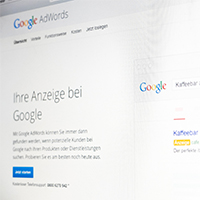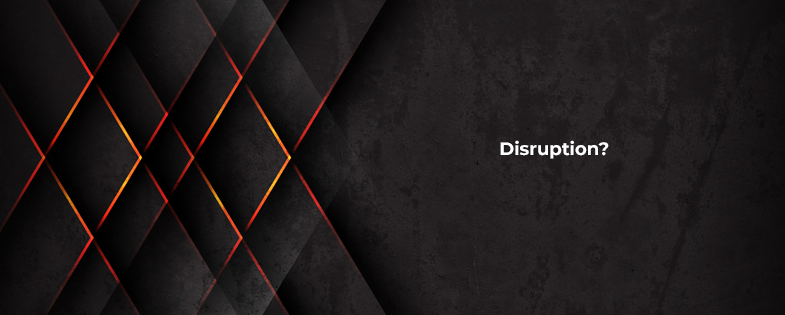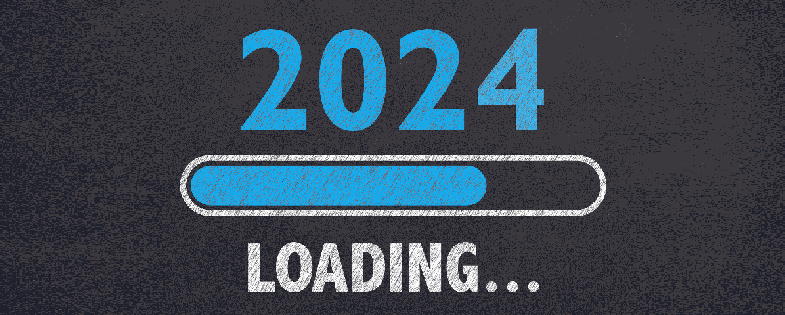

Oops, Google Did It Again
Just when you think you have your AdWords campaigns performing nicely, Google switches up the program. In case you were not aware, Google is no longer placing paid search ads on the right side of desktop search results. Will this have a significant impact on future performance and will it require some re-thinking to your approach to campaign building? As a Google Partner, we’re already adjusting campaign objectives to perform in this new reality. Have you? If not, let’s discuss some things you need to remember.
So, what’s changing? Let’s cut to the chase. Right side ads are done. That space is now reserved for Product listing ad blocks and Knowledge Panels (Think your Google Business page listing). Search result pages will now only include up to four paid ads at the top and three ads that show at the bottom. Previously, only up to three ads would show at the top, so in some sense, there seems to be additional space for top placement. However, since the right side ads made up a majority of previously paid ads, there are actually fewer opportunities as placement opportunities will shrink from up to 11 to a maximum of seven.
CPC to Skyrocket?
When Google first announced the change, it set off digital Armageddon in the paid search community. What impact will this have on campaign metrics, in particular, cost-per-click (CPC)? Many fear that CPC could skyrocket because of the loss of available space. Or will the bottom three ad spots see a significant decrease in CPC because advertisers are not willing to pay as much for them as they did for right side ads? Only time will tell, but at this point, we have not seen any notable changes to CPC. Now, that could certainly change depending on how your campaigns are set up, so watch your costs these next few months. If you start to see noticeable increases in your CPC, it’s time to assess your approach for this new environment.
What else do we know?
It seems the obvious beneficiary to the Google change could be Product Listing Ads (PLAs) as these ads are the only ones that will appear on the right side. Search “engagement rings” and you’ll see what I’m talking about. This only reinforces what we’ve been telling our clients and that is e-commerce is becoming and will become a must for retailers in the next few years. So, if you haven’t heard the drums that have been banging all around you about the importance of your website these past few years, this should serve as a clear indication of how Google views content, in particular, shopping. (Read about the “The E-commerce Tsunami” here).
In the end, this change will probably be a good thing for marketers as Google’s primary objective has always been to provide the most relevant content to user searches. However, It also gives you a snapshot of where things might be headed, and that’s an e-commerce world. If you’re a retailer that hasn’t embraced the digital revolution and hasn’t taken a serious look at your web presence, you will continue to fall behind, lose market share and eventually close your doors. The clues are all around us as retail continues to evolve.




